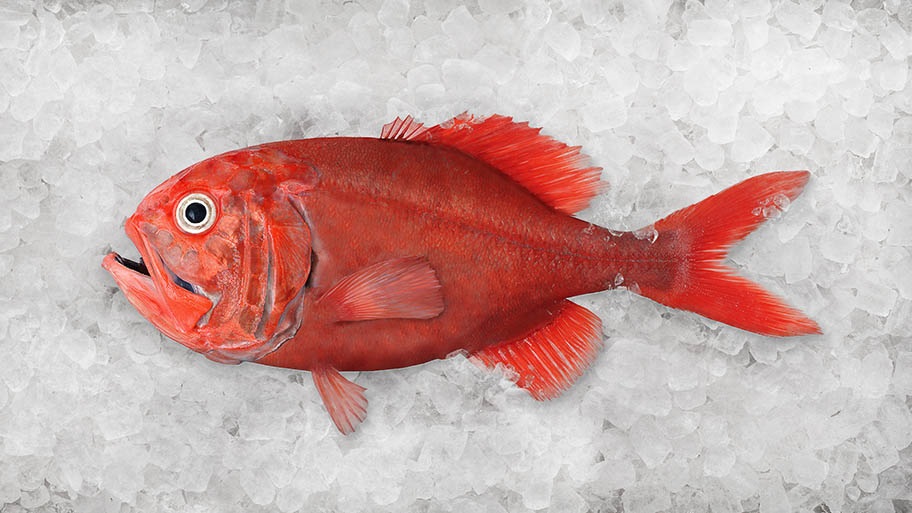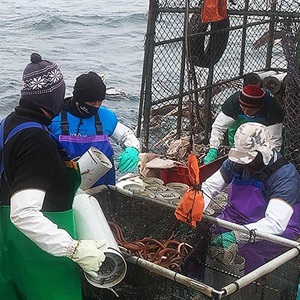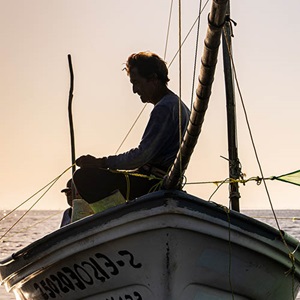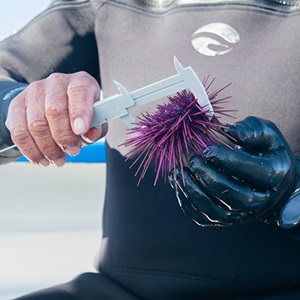Data collection and new measuring models for a long-lived deep water species.
- Devise a new model for a management strategy evaluation
- Make an Exploratory Analysis of the initial Stock Assessment
- Redesign responsive Harvest Control Rules (HCRs) based management procedure
Start date: 01 April 2024
£49,885
Transition Assistance Fund
Awardee
Deepwater Council
Fishery
New Zealand orange roughy fishery (Orange roughy 3B East & South Chatham Rise)
Progressing towards recertification
Orange roughy are a long-lived deepwater species that mature later in their lives. Consequently, ensuring the stock’s sustainability requires comprehensive Harvest Control Rules (measures that require catch to be adjusted in response to stock changes). These rules are based on models that identify the age at which the fish reach sexual maturity and can replenish the population.
The New Zealand 3B East & South Chatham Rise orange roughy fishery has been making improvements, verified by the In-Transition to MSC Program, since 2023. The fishing operation is guided by scientists, policy makers and industry interests in the Deepwater Council, who had concerns around the limited number of age groups represented in previous stock assessment samples. To make more accurate models of abundance and inform total allowable catch levels further data on the size and maturity of the fish was needed.
The Transition Assistance Fund grant will enable the project to collate data on the age and size composition of the orange roughy stock from a wide timeseries: 1990s, 2000s, 2010s.
The project will last two years, and the fishery expects to enter assessment towards certification to the MSC Fisheries Standard by late October 2028.

“Having access to transition funding enables the fishery to remain engaged in the MSC program [and] continue its commitment to improvements while aiming for recertification. This outcome will eventually benefit communities, businesses and our ocean.”
Deepwater Council
What the project will do
Funds from the grant will be used to develop a range of age structure production models, incorporating the entire catch history as well as biomass data from acoustic surveys. These are considered the most reliable indicators of stock abundance. They will incorporate estimates including the age of reproductive maturity, numbers of individual fish that are spawning eggs, and the efficiency of the fishery.
The operating models would be used to further develop responsive Harvest Control Rules that would inform management direction for the fishery.
The models would be tested in simulation phases and adapt to the total allowable catch in accordance with the most recent survey’s results, and future patterns indicating the maturity of the stock.
Related projects

North Peru eel trap fishery: Improvements in practice and governance

Improving understanding of stocks in the Mexico Pacific artisanal shrimp fishery
-.tmb-thumb300.jpg?Status=Master&Culture=en&sfvrsn=a0cda56e_1)
Making Kerala’s deep sea shrimp fishing sustainable

